Wind Energy Generation
What is Wind Energy?
Wind energy harnesses the power of the wind to generate electricity using wind turbines. This form of energy is renewable, inexhaustible, and non-polluting, making it a vital component of the sustainable energy landscape. Wind energy is produced when wind turbines convert the kinetic energy of wind into mechanical power, which is then transformed into electricity. This process provides a clean and efficient way to produce energy without emitting greenhouse gases or relying on fossil fuels, similar to photovoltaic, hydro and nuclear energy generation.
How Wind Energy Generation Works
Wind turbines generate electricity by converting the kinetic energy of the wind into mechanical power. This process begins when the wind flows over the turbine's blades, creating lift in a manner similar to an airplane wing. The lift causes the blades to turn, and this rotational movement is transferred to a drive shaft connected to the rotor. The rotor is housed in the nacelle, which contains a generator. As the drive shaft turns the generator, mechanical energy is converted into electrical energy through electromagnetic induction, producing alternating current (AC).
The efficiency of wind turbines depends on several factors, including wind speed, turbine size, and tower height. Larger blades can capture more wind energy, and taller towers can reach higher altitudes where wind speeds are typically greater and more consistent. Offshore wind farms, positioned in open water where winds are stronger and less turbulent, tend to achieve higher efficiency and greater energy output compared to onshore installations. Wind turbines are designed to operate within a specific range of wind speeds. If the wind speed is too low, the turbine will not generate electricity; if it's too high, the turbine will shut down to avoid damage. This operational range is known as the cut-in and cut-out speeds. Modern turbines are equipped with sensors and control systems that optimize their performance and ensure safety by adjusting the blade pitch and yaw to face the wind.
Once the generator produces electrical energy, it is typically in the form of low-voltage alternating current (AC). For long-distance transmission, especially in offshore wind farms, this AC electricity can be converted to high-voltage direct current (HVDC) to reduce energy losses. The transformed high-voltage electricity is then fed into the power grid through transmission lines, where it can be distributed to homes, businesses, and other end users. Additionally, substations may be used to further step up or step down the voltage levels to ensure efficient and safe delivery of electricity.

The Impact of Wind Energy Generation on the Energy Sector
Wind energy has a profound impact on the energy sector by providing a clean, renewable source of electricity that reduces dependence on fossil fuels. Wind turbines produce no greenhouse gas emissions during operation, significantly lowering the carbon footprint of electricity generation. The adoption of wind energy helps combat climate change and promotes environmental sustainability.
Economically, wind energy contributes to the diversification of the energy mix, enhancing energy security and reducing vulnerability to fuel price fluctuations. The development and maintenance of wind farms also create jobs and stimulate local economies, particularly in rural areas where wind resources are abundant. As the technology advances and becomes more cost-effective, wind energy is becoming increasingly competitive with traditional energy sources.
The integration of wind energy into the electricity grid poses challenges due to its variable nature. However, advancements in grid management and energy storage technologies are improving the reliability and stability of wind power. By balancing supply and demand more effectively, these technologies help ensure a consistent and dependable energy supply.
Conclusion
Wind energy generation is a crucial element of the renewable energy landscape, offering a sustainable and environmentally friendly way to produce electricity. By harnessing the power of the wind, wind turbines reduce greenhouse gas emissions, enhance energy security, and contribute to economic growth.
As technology advances and costs fall, wind energy will increasingly contribute to the global energy mix, promoting a greener future.
Glossary
- Wind Turbines: Devices that convert the kinetic energy of wind into mechanical power, which is then transformed into electricity.
- Rotor: The rotating part of a wind turbine that includes the blades and hub.
- Nacelle: The housing on top of a wind turbine tower that contains the generator, gearbox, and other components.
- Tower: The structure that supports the wind turbine rotor and nacelle, elevating them to capture stronger winds.
- Grid-Connected System: A wind energy system that feeds electricity directly into the electricity grid.
- Onshore Wind Farm: A collection of wind turbines located on land.
- Offshore Wind Farm: A collection of wind turbines located in bodies of water, typically in the ocean.
- Energy Storage: Technologies, such as batteries, used to store excess electricity generated by wind turbines for use when wind speeds are low.
- Renewable Energy: Energy generated from natural resources that are replenished continuously, such as wind, solar, and hydropower.
- Cut-in and Cut-out Speeds: The wind speed range within which a wind turbine can safely and efficiently operate.
- Pitch: The angle of the wind turbine blades relative to the wind, which can be adjusted to control the rotational speed and optimize efficiency.
- Yaw: The rotation of the entire wind turbine to face the wind direction, optimizing the angle of the blades relative to the wind.
- Electromagnetic Induction: A fundamental principle of physics where an electric current is generated in a conductor as a result of a changing magnetic field.
.png?width=200&height=80&name=etpa-logo-color%20(1).png)
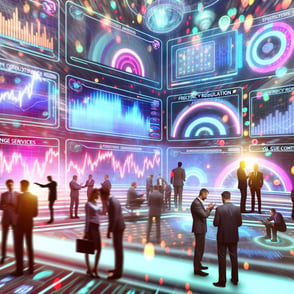

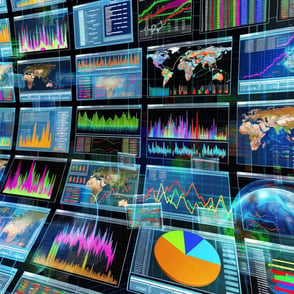



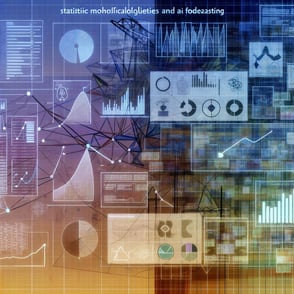







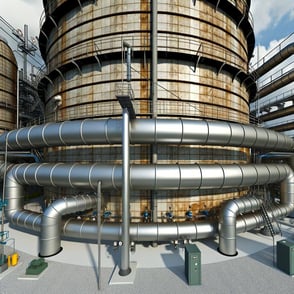




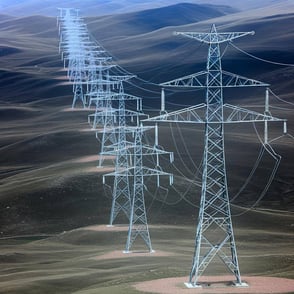











.png)
.png)
-1.png?width=250&height=100&name=etpa-logo-color%20(1)-1.png)